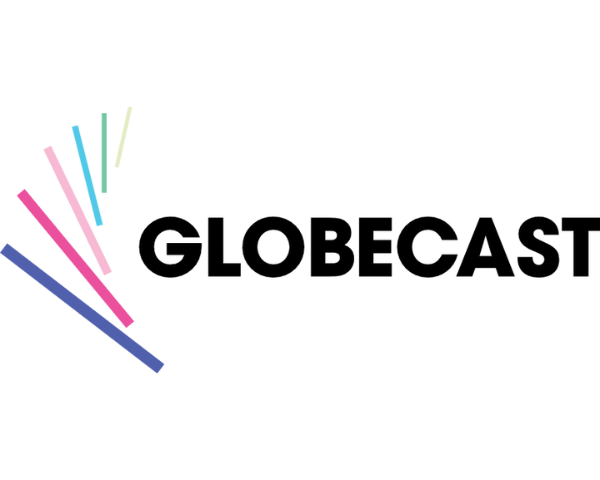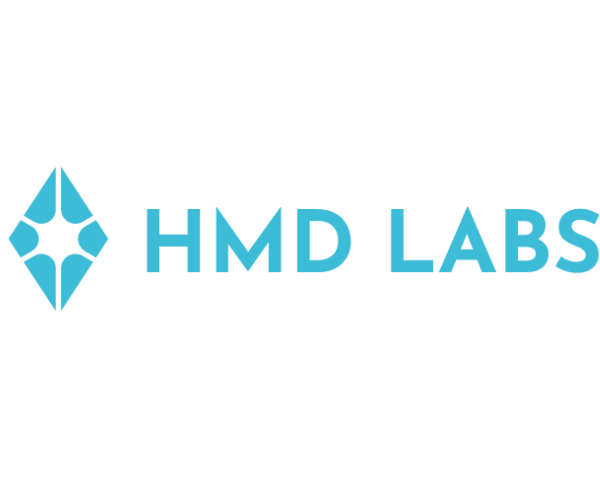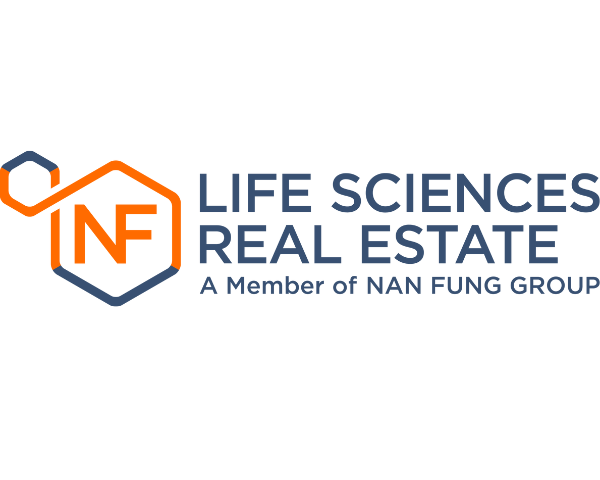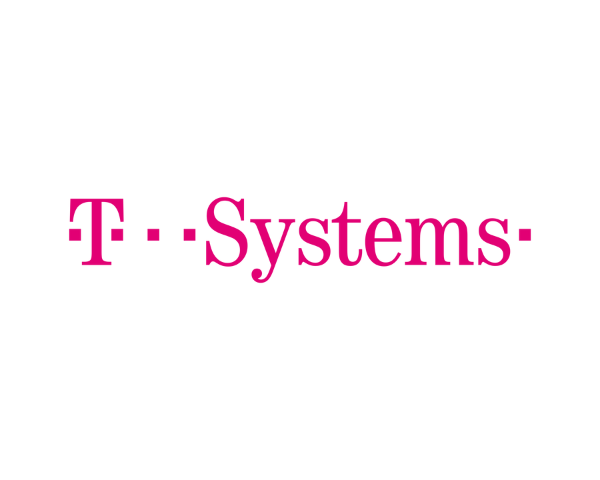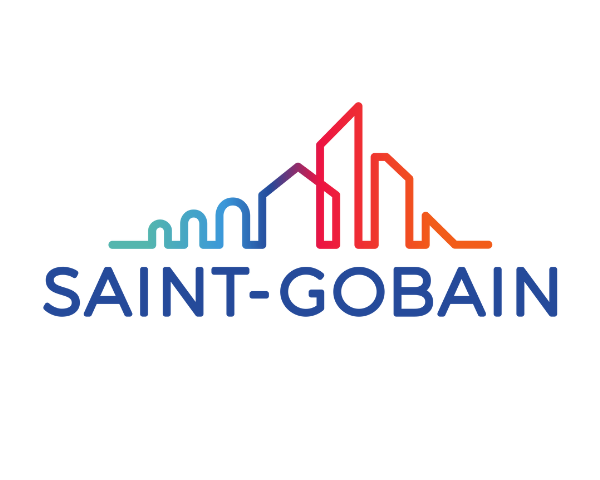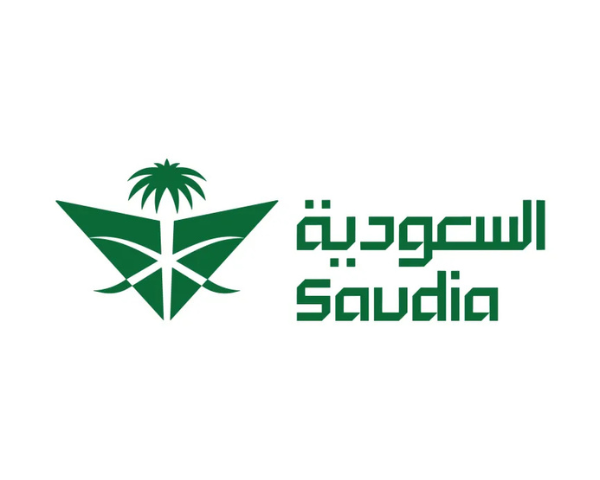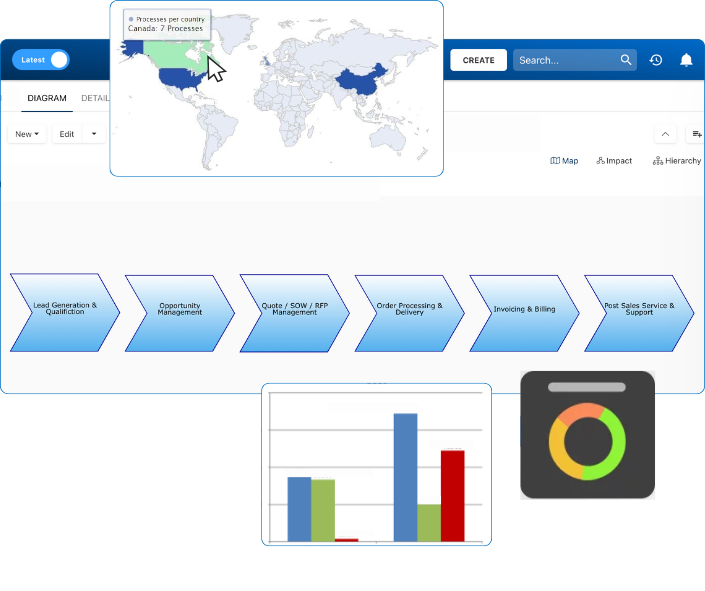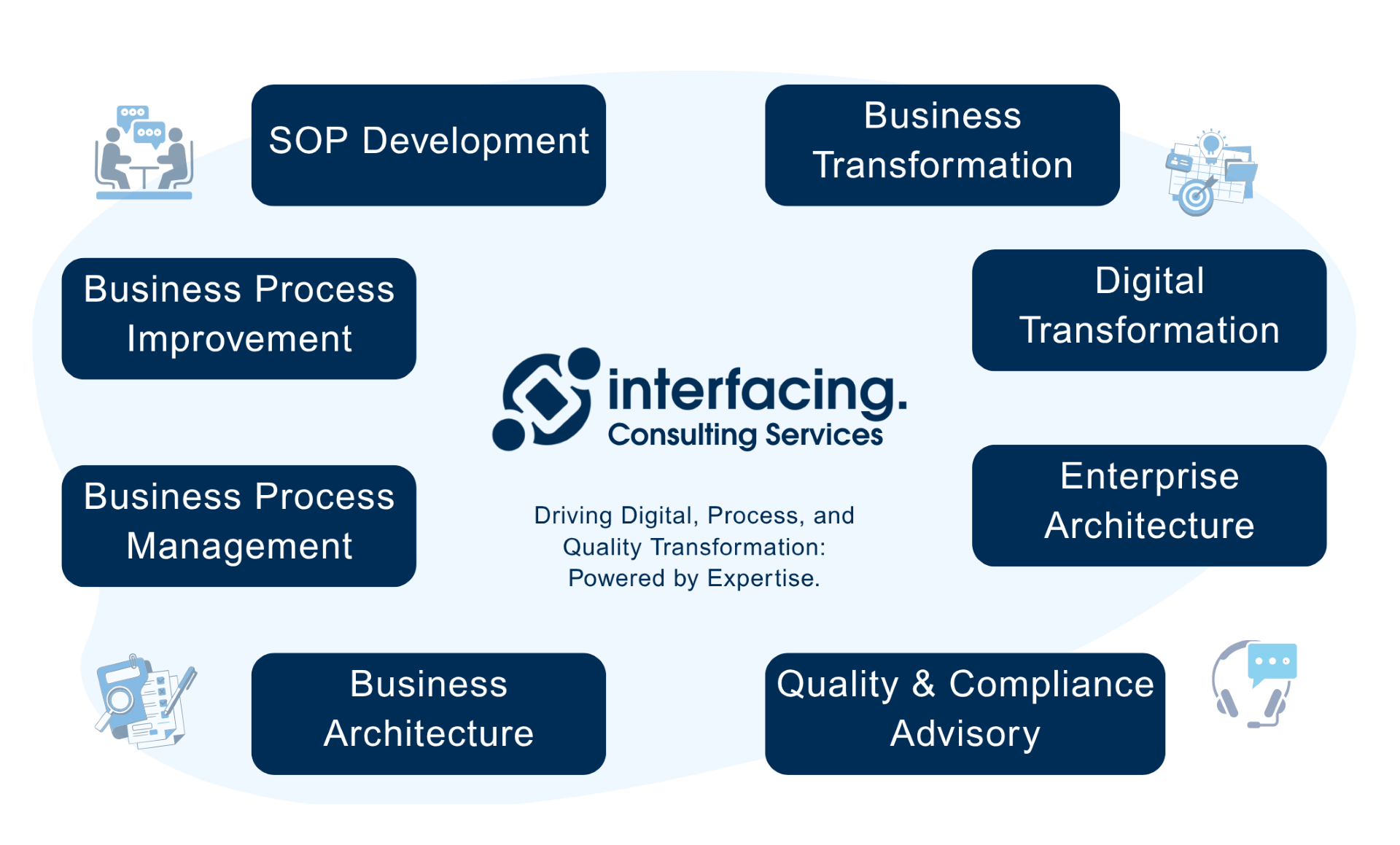- Business Process Management (BPM)Document Management System (DMS)Electronic Quality Management System (QMS)Risk, Governance & Compliance (GRC)Low Code Rapid Application Development (LC)Business Continuity Management (BCM)Enterprise Architecture (EA)Business Process Management (BPM)Document Management System (DMS)
- Document Control Overview
- AI Content Creation & Improvement
- Policy & Procedure Management (SOP)
- AI Content Mining Parser
- Collaboration & Governance
- Data Migration & Integration
- Interfacing Offline App
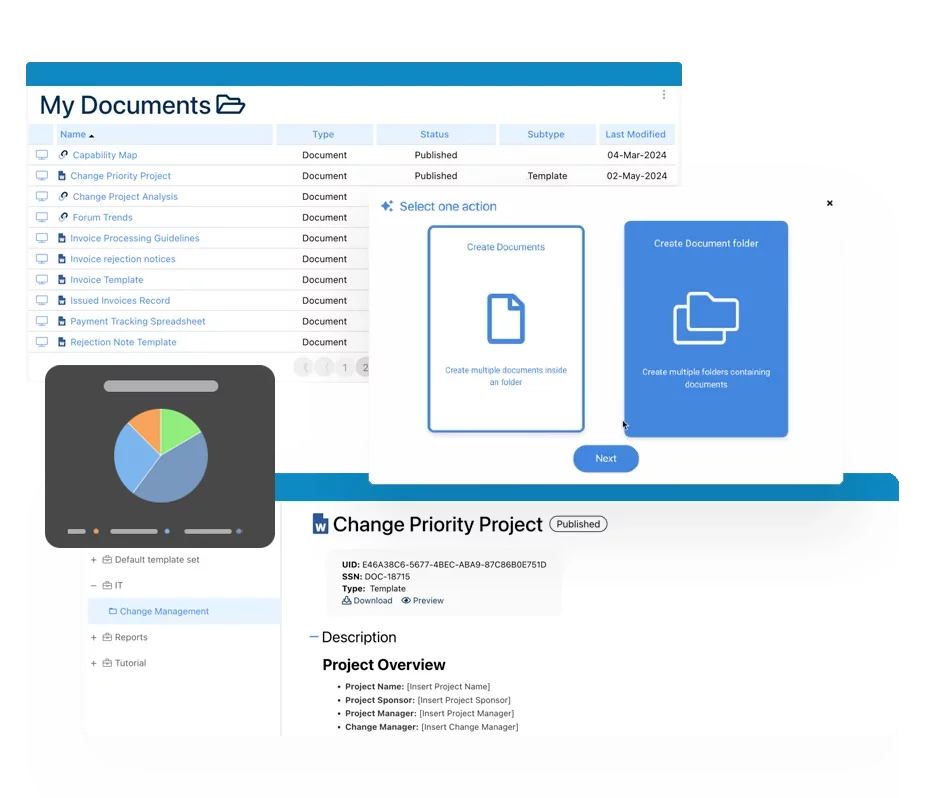 Electronic Quality Management System (QMS)
Electronic Quality Management System (QMS)- Quality Management System Overview
- Document Control & Records Management
- Audit & Accreditation Management
- Corrective & Preventative Action
- Quality Event (Non-conformity / Complaint/ Compliance)
- Risk Management
- Incident Management
- Environmental Health & Safety
- Product & Supplier Management (SCAR)
- Training Management
- Control Management
- Action Items Management
- Management Review
- FMEA
- Pharmacovigilance
- Data Migration & Integration
 Risk, Governance & Compliance (GRC)
Risk, Governance & Compliance (GRC)- Risk, Governance & Compliance Overview
- Risk & Control Management
- Regulatory Compliance
- Collaboration & Governance
- Data Migration & Integration
- Interfacing Offline App
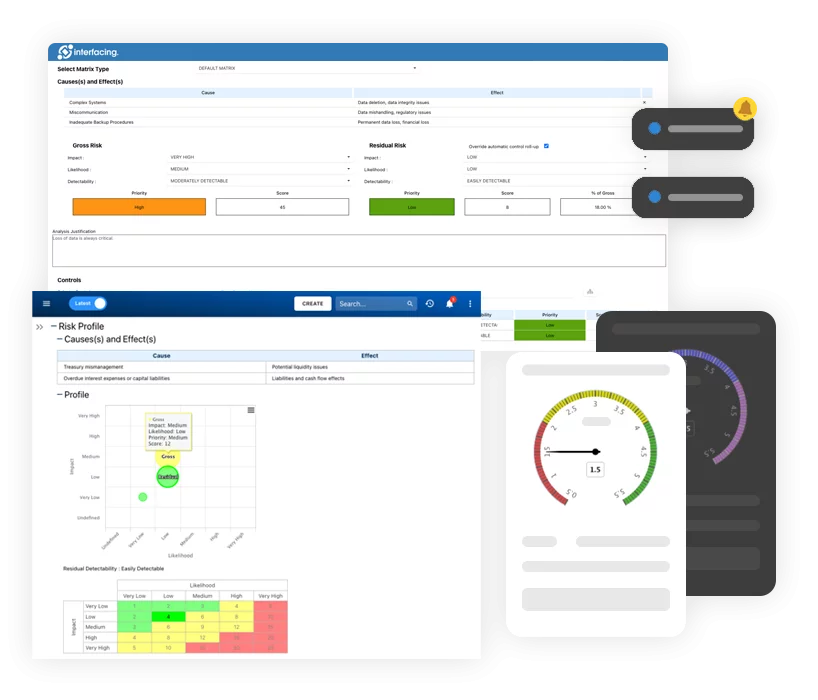 Low Code Rapid Application Development (LC)
Low Code Rapid Application Development (LC)- Low Code Automation Platform Overview
- Electronic Web Form Design (eFORMS)
- Database Table Entity Designer
- System Integration Designer
- Design & Manage Tasks
- Design & Manage BPMS Apps
- Custom Rules/Guards/Actions
- Electronic Services
- User Homepage
- BAM (Business Activity Monitoring)
- Custom Dashboard Design
- Data Migration & Integration
 Business Continuity Management (BCM)
Business Continuity Management (BCM)- Business Continuity Management Overview
- Business Impact Analysis
- Disaster Recovery Simulation
- Action Item Management
- Mass Notification Management
- Asset Management
- Interfacing Offline App
 Enterprise Architecture (EA)
Enterprise Architecture (EA) - IndustriesRegulatory ComplianceUse CasesLearning CenterFramework & PracticesIndustries
- Healthcare
- Medical Device Technology
- Life Science, Pharmaceutical
- Aerospace & Defense
- Airlines and Aviation
- Media & Telecommunications
- Government and Military
- Technology
- Energy
- Logistics & Port Operations
- Banking & Capital Markets
- Retail & Consumer
- Consulting
- Education
- Engineering & Construction
- Manufacturing
- Financial Services
- Insurance
- Chemicals
Regulatory Compliance- Regulatory Compliance
- ISO
- ISO 9001 (guide)
- ISO 9001:2026 (preparation)
- ISO 17025
- ISO 27000
- ISO 27001
- ISO27002
- ISO 42001
- SOC 2 Type 1 & 2
- Sarbanes Oxley
- GxP
- GRC
- Basel
- Digital Signature
- GDPR
- IFRS
- NIST SP 800-53
 Use Cases
Use Cases- Quality Management System (QMS)
- Digital Transformation
- Continuous Improvement
- Governance, Risk & Compliance
- Knowledge Management
- System Deployment (ERP, CRM…)
 Learning CenterFramework & Practices
Learning CenterFramework & Practices - AboutCustomer SuccessPartners



NIST 800-53 vs ISO 27001: Complementary Frameworks, Not Competitors
Please Select contact form.
Discover how SaaS providers can combine ISO 27001’s governance with NIST 800-53’s technical controls to build stronger compliance frameworks.
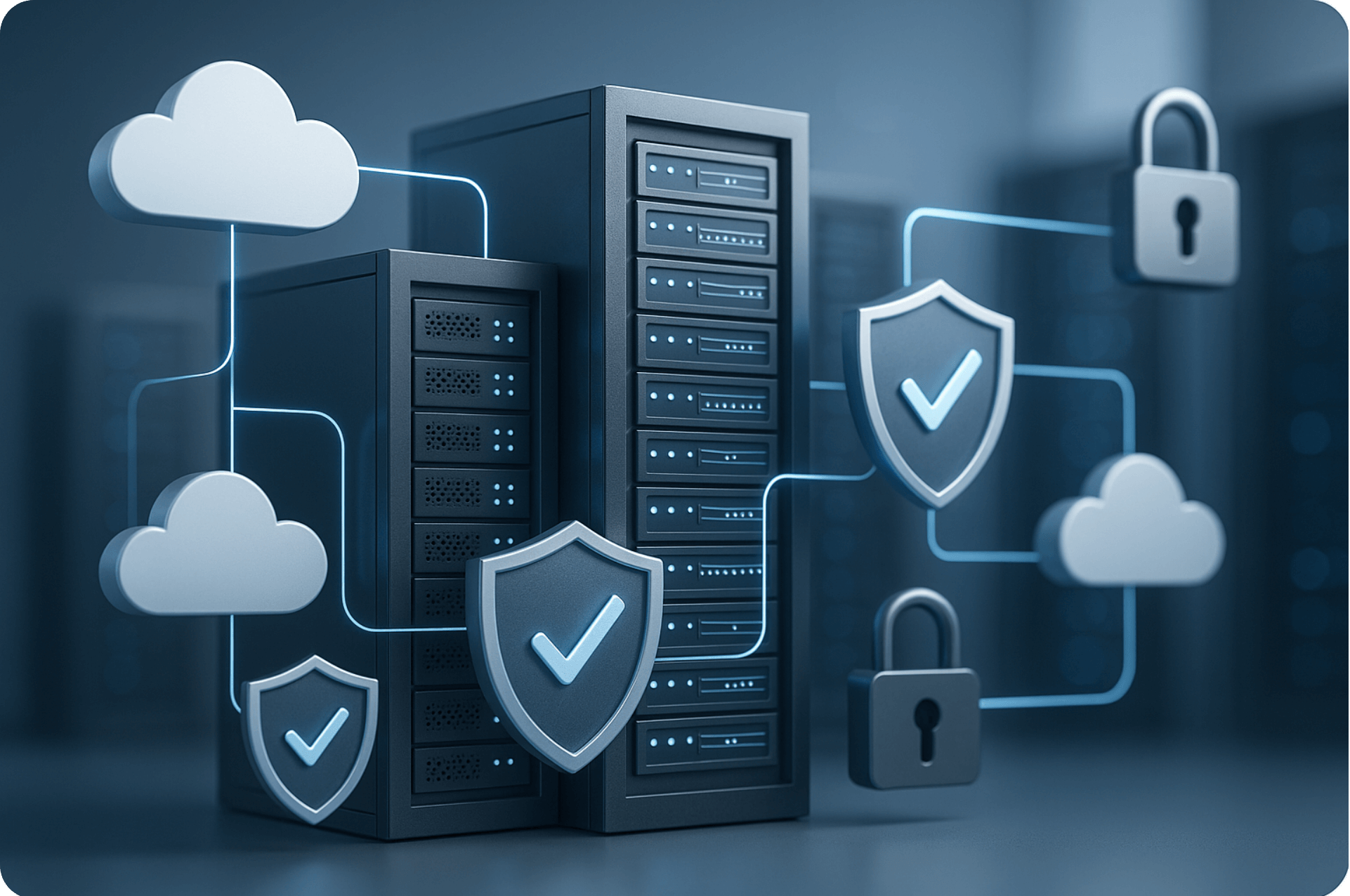
Executive Summary
NIST Special Publication 800‑53 (Rev 5, Sept 2020) and ISO/IEC 27001 (2013) represent two leading cybersecurity and privacy frameworks adopted by global SaaS providers, especially in highly regulated industries like life sciences, aerospace, and financial services. Though often viewed as alternatives, each serves a distinct and complementary role:
NIST 800‑53 offers granular, prescriptive controls across 20 families (e.g., access, incident response, supply-chain risk).
ISO 27001 defines a risk-based Information Security Management System (ISMS), focused on what to do and why.
When used in tandem:
ISO 27001 sets strategic objectives and policy structures, fostering a culture of governance and continuous improvement.
NIST 800‑53 provides granular guidance to execute on those objectives with technical precision.
Together, they address both the high-level management system and the low-level operational controls, enabling SaaS firms to achieve robust compliance, defend against technical and process risks, and build trust with clients and regulators worldwide.
Bottom line: Leveraging ISO 27001 and NIST 800‑53 together lets SaaS organizations create an integrated, scalable, and defensible compliance framework.
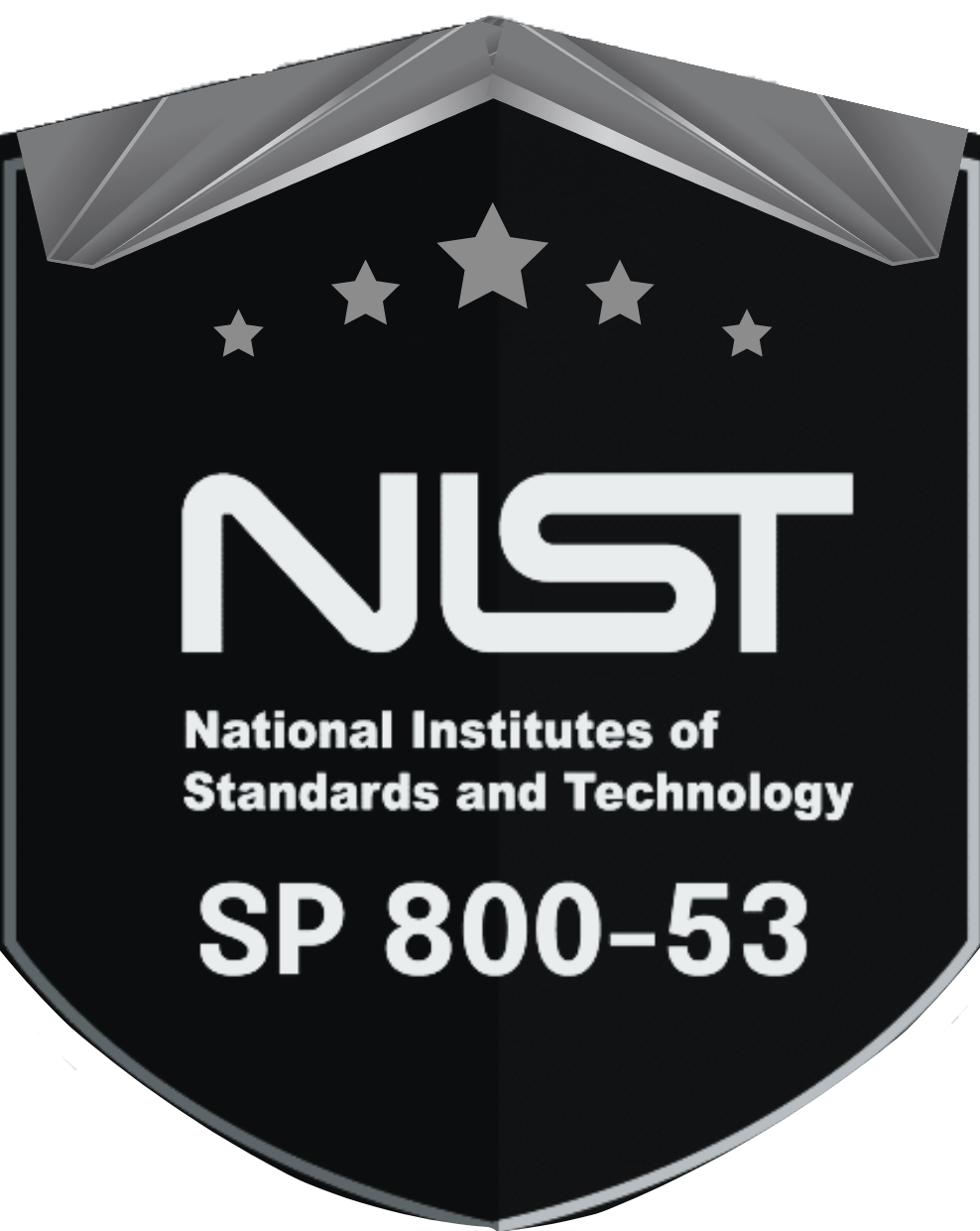
NIST 800-53
- Purpose: Offers over 1,000 detailed security and privacy controls grouped into 20 families.
- Approach: Prescriptive execution, technology-neutral, outcome-focused.
- Strengths:
- Very detailed control definitions
- Strong on cloud, supply-chain and privacy since Rev 5
- Built for audit delegation (FedRAMP, CMMC)
- Challenges:
- Can overwhelm organizations with its scope
- Requires technical expertise to implement effectively
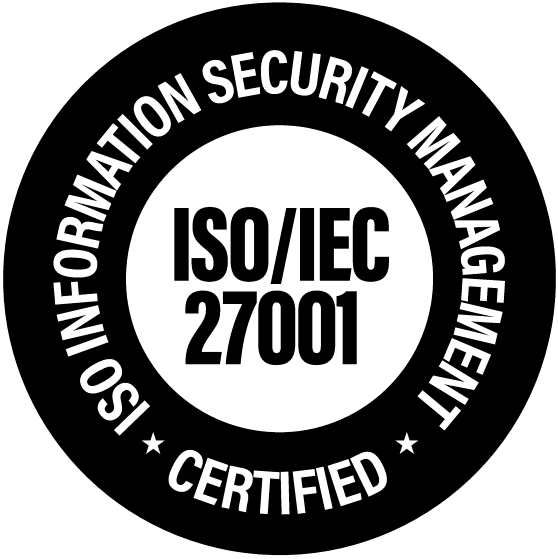
ISO 27001
- Purpose: Defines requirements for establishing, implementing, maintaining, and improving an Information Security Management System.
- Approach: Risk-based; sets high-level controls via Annex A, but remains implementation-agnostic.
- Strengths:
- Universal recognition, often required for contracts
- Focus on governance, leadership, and continuous improvement
- Scalable—effective in small and large enterprises
- Challenges:
- Annex A controls are high-level and open-ended
- Requires supplementary controls to implement fully
Strengths & Weaknesses Compared
| Dimension | ISO 27001 | NIST 800‑53 |
|---|---|---|
| Purpose | High-level ISMS structure | Detailed control catalog |
| Governance & Policy | Strong focus, leadership-driven | Control-driven, less governance focus |
| Technical Controls | Abstract, requires interpretation | In-depth, audit-ready definitions |
| Implementation Effort | Moderate, scalable | High, resource-intensive |
| Global Recognition | ISO-accredited globally | Widely used in U.S., gaining global traction |
| Audit Partners | Certification bodies | 3PAOs, ATO, FedRAMP |
| Updates & Relevance | Periodic (every few years) | Revised set in Rev 5 (2020) |
Shared Domains & Where They Complement
Governance & Risk Management
- ISO 27001 formalizes risk assessment, treatment plans, and management reviews.
- NIST 800‑53 supports this with Risk Assessment (RA) and Security Assessment (CA) control families—thus enabling measurable, repeatable risk decisions.
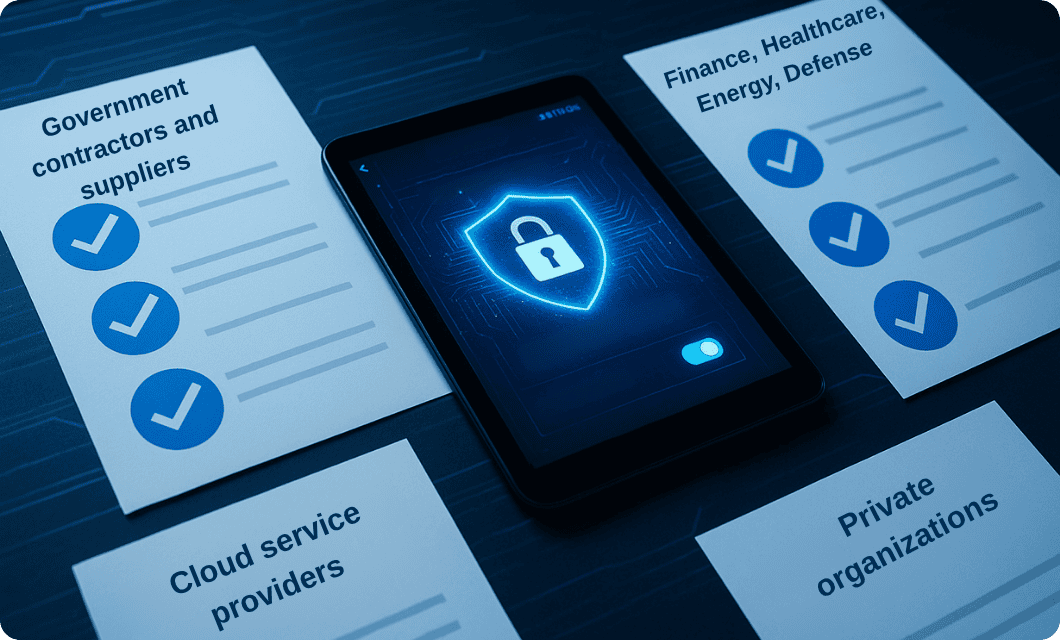

Access Control & Identity
- ISO provides high-level intent via Annex A.
- NIST details implementation in Access Control (AC) family, covering account management, authentication, session control.


Supplier / Supply‑chain Risk
- ISO 27001 Annex A.15 addresses supplier relationships generically.
- NIST 800‑53 Rev 5 expands with Supply Chain Risk (SR) family, offering specific vendor evaluation and monitoring controls..


Incident Response
- ISO demands incident capabilities via A.16.
- NIST delivers Incident Response (IR) family with direct technical controls on detection, analysis, mitigation, and reporting.
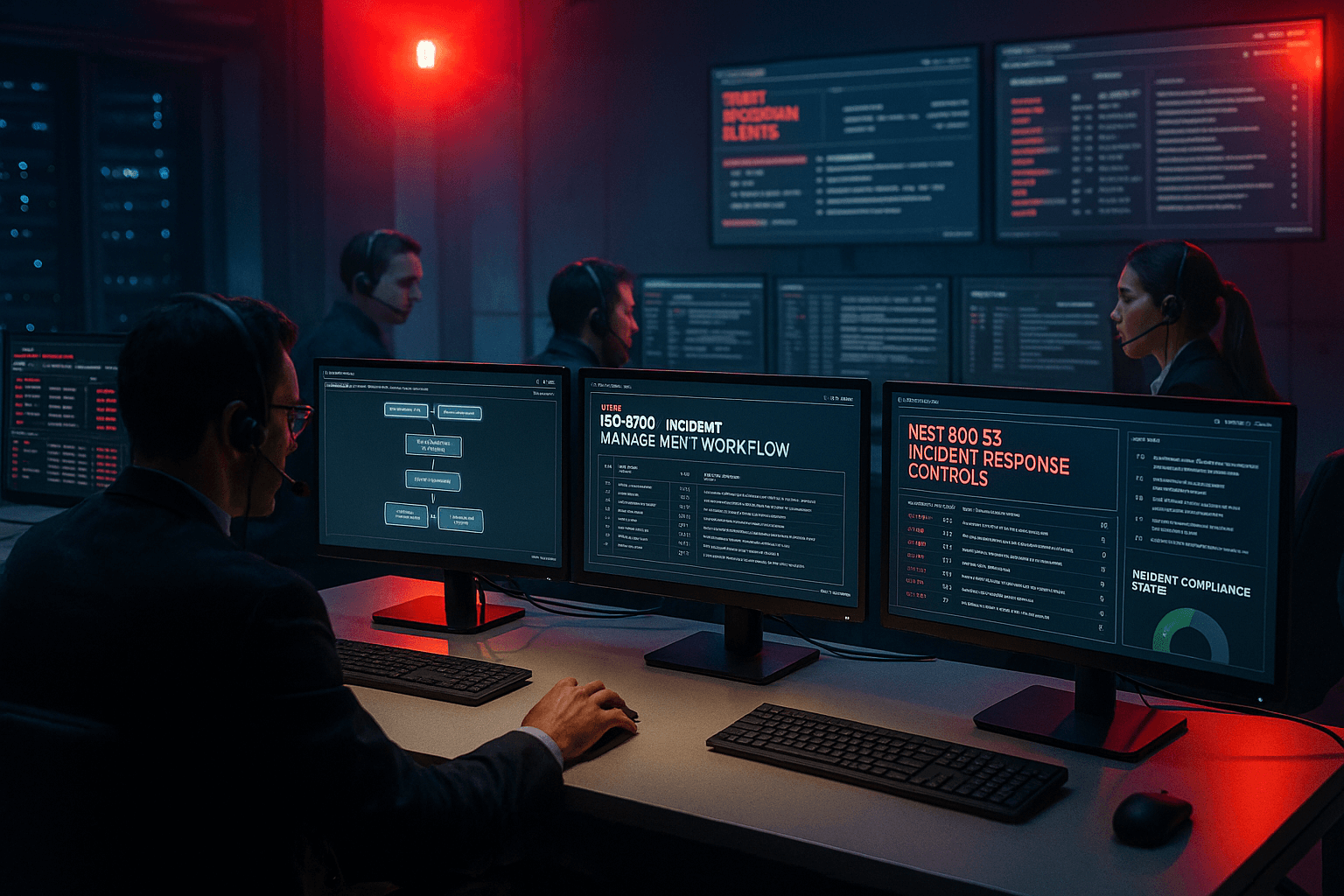

Why SaaS Needs Both
Regulatory flexibility: Clients may require global certifications (ISO) or U.S.-centric frameworks (FedRAMP/NIST).
Operational clarity: ISO structures strategy; NIST delivers execution.
Risk visibility: ISO identifies issues; NIST provides measurable controls.
Continuous improvement: ISO ISMS supports feedback loops; NIST delivers evidence to prove it.
Quick Reference Matrix: ISO vs. NIST
-
Aspect ISO 27001 NIST 800‑53 Scope ISMS requirement standard Security/privacy control catalog Best For Governance, certification Technical enforcement, audit readiness Control Detail Level High-level objectives Detailed, specific controls Ideal Use Case Leadership-driven programs Cloud/SaaS operations, technical teams Certification Path ISO certifier FedRAMP or 3PAO auditor Continuous Monitoring Encouraged, not required Essential for audit/compliance
Strategic Takeaways for SaaS Compliance Teams

Build your ISMS foundation with ISO 27001 – establish risk management, policies, and management commitment.

Use NIST 800‑53 to operationalize control delivery – employ its catalogs to implement and validate technical controls.
Align audit and monitoring approaches – use NIST evidence for ISO audits and build continuous monitoring frameworks.
Reassess annually – use ISO-led reviews to adapt control coverage, including updates such as NIST Rev 5 enhancements.
Communicate in hybrid terms – clients and regulators appreciate both frameworks; use whichever is most relevant to your interlocutors.
A Comprehensive Solution
NIST 800‑53 and ISO 27001 are not competitors. Together, they offer a comprehensive solution: ISO provides the strategic governance layer, while NIST delivers the tactical control implementation required for technical and operational assurance. For SaaS providers in regulated industries, combining these frameworks creates a robust compliance engine that supports growth, audit readiness, and client trust across global environments.
Why Choose Interfacing?
With over two decades of AI, Quality, Process, and Compliance software expertise, Interfacing continues to be a leader in the industry. To-date, it has served over 500+ world-class enterprises and management consulting firms from all industries and sectors. We continue to provide digital, cloud & AI solutions that enable organizations to enhance, control and streamline their processes while easing the burden of regulatory compliance and quality management programs.
To explore further or discuss how Interfacing can assist your organization, please complete the form below.

Documentation: Driving Transformation, Governance and Control
• Gain real-time, comprehensive insights into your operations.
• Improve governance, efficiency, and compliance.
• Ensure seamless alignment with regulatory standards.

eQMS: Automating Quality & Compliance Workflows & Reporting
• Simplify quality management with automated workflows and monitoring.
• Streamline CAPA, supplier audits, training and related workflows.
• Turn documentation into actionable insights for Quality 4.0

Low-Code Rapid Application Development: Accelerating Digital Transformation
• Build custom, scalable applications swiftly
• Reducing development time and cost
• Adapt faster and stay agile in the face of
evolving customer and business needs.
AI to Transform your Business!
The AI-powered tools are designed to streamline operations, enhance compliance, and drive sustainable growth. Check out how AI can:
• Respond to employee inquiries
• Transform videos into processes
• Assess regulatory impact & process improvements
• Generate forms, processes, risks, regulations, KPIs & more
• Parse regulatory standards into requirements

Request Free Demo
Document, analyze, improve, digitize and monitor your business processes, risks, regulatory requirements and performance indicators within Interfacing’s Digital Twin integrated management system the Enterprise Process Center®!
Trusted by Customers Worldwide!
More than 400+ world-class enterprises and management consulting firms





















